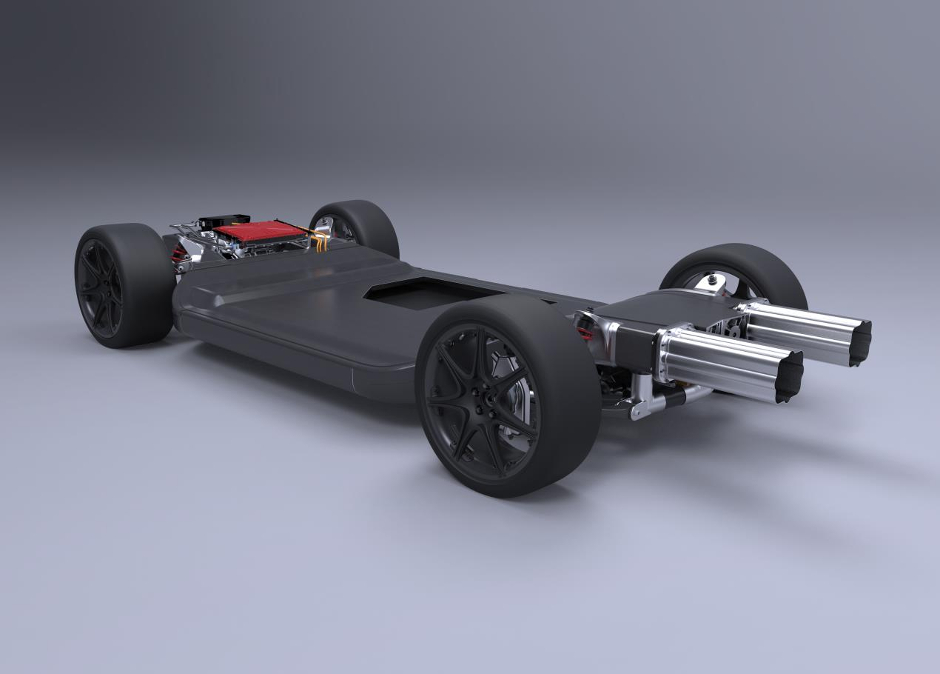Williams give OEMs scaleable clean sheet for electric vehicle design
Structural batteries – and the housing in which they are kept - are one of the key components to an electric vehicle design concept unveiled by Williams Advanced Engineering.

Recently on display at the Low Carbon Vehicle Show (LCV2017) at Millbrook, the lightweight FW-EVX concept could give OEMs a platform on which to design electric vehicles that combine safety with a longer range and better performance.
According to Williams, the concept also includes innovations in cooling systems and lightweight aluminium and carbon fibre structures, all of which have integrated into a single, scalable platform.
A highly automated, near zero waste process is being implemented to create fibre-reinforced suspension components on the FW-EVX, which provides up to 40 per cent weight reduction over a conventional aluminium wishbone construction.
Williams has developed a process of forming high-strength 3D structures from 2D materials to create the exoskeleton for a battery module that contributes to the structural performance of the battery. Wiliams previously designed and built the batteries for Formula E electric racing cars, which also form part of the chassis' structure.
Register now to continue reading
Thanks for visiting The Engineer. You’ve now reached your monthly limit of news stories. Register for free to unlock unlimited access to all of our news coverage, as well as premium content including opinion, in-depth features and special reports.
Benefits of registering
-
In-depth insights and coverage of key emerging trends
-
Unrestricted access to special reports throughout the year
-
Daily technology news delivered straight to your inbox










Water Sector Talent Exodus Could Cripple The Sector
Maybe if things are essential for the running of a country and we want to pay a fair price we should be running these utilities on a not for profit...